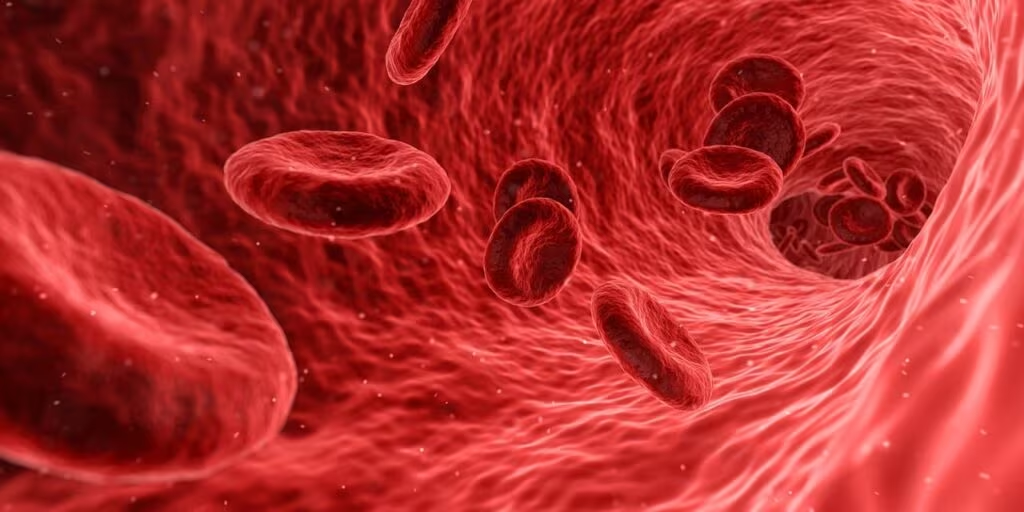The Immediate Antidepressant Effect: Unlocking the Molecular Secret of a 30-Minute Workout
For decades, the mental health benefits of physical activity have been widely accepted, but the precise molecular mechanism explaining the immediate mood boost following a single session of exercise remained elusive. New research published in the journal Molecular Psychiatry has now pinpointed a specific hormone, derived from fat tissue, that acts directly on the brain to deliver these rapid antidepressant effects.
The study, conducted by researchers affiliated with the National Institutes of Health (NIH), including the National Institute of Mental Health (NIMH) and the National Institute on Aging (NIA), provides compelling evidence that a single 30-minute session of physical activity is enough to trigger significant mood improvement in both humans and animal models.
This breakthrough identifies the fat-derived hormone Lactadherin (also known as milk fat globule-EGF factor 8 or MFG-E8) as the essential chemical messenger linking acute exercise to improved mental well-being.
Lactadherin: The Chemical Link Between Fat Cells and the Brain
The most significant finding of the research is the discovery that Lactadherin is produced and released by adipose tissue (fat cells) in response to physical exertion. This hormone then travels through the bloodstream and performs a critical function in the central nervous system.
Crossing the Blood-Brain Barrier
For any substance to affect mood and cognition, it must first navigate the blood-brain barrier—a highly selective semipermeable membrane that protects the brain from circulating toxins. The study confirmed that Lactadherin successfully crosses this barrier, allowing it to reach key regions responsible for mood regulation.

Once inside the brain, Lactadherin targets the hippocampus, a structure vital for memory, learning, and emotional processing. Specifically, it acts upon the dentate gyrus, a region within the hippocampus known to be critical for regulating mood and anxiety.
The Neurogenesis Connection
The mechanism by which Lactadherin exerts its antidepressant effect is through neurogenesis, the process of generating new neurons. The hormone binds to neural stem cells and progenitor cells in the dentate gyrus, promoting their differentiation into mature, functional neurons.
This process of creating new neurons in the hippocampus is strongly associated with improved mood and resilience against stress and depression. The study suggests that this rapid promotion of neurogenesis is the biological underpinning of the “runner’s high” or the immediate sense of calm and well-being experienced after exercise.
Experimental Proof: Abolishing the Benefits of Exercise
The researchers utilized a rigorous experimental design involving both human participants and mouse models to validate their findings.
Human and Animal Observations
In the human component of the study, participants underwent a 30-minute exercise session and reported immediate improvements in mood metrics. Similarly, mice subjected to 30 minutes of running showed a significant reduction in anxiety and depression-like behaviors, consistent with an antidepressant effect.
The Critical Blocking Experiment
The most compelling evidence for Lactadherin’s essential role came from the animal experiments where researchers genetically manipulated the mice to block the production of Lactadherin in their fat cells. The results were definitive:
- Mice lacking the ability to produce Lactadherin did not exhibit any mood-boosting effects after 30 minutes of running.
- The antidepressant benefits of acute exercise were completely abolished when the hormone was absent.
This outcome strongly indicates that Lactadherin is not merely a byproduct of exercise but is a necessary component—the molecular switch—that drives the immediate psychological benefits of physical activity.
“This work provides a critical molecular link between physical activity and mental health,” stated one of the lead researchers. “Identifying Lactadherin as the key mediator opens up exciting new avenues for developing non-pharmacological interventions for mood disorders.”

Implications for Mental Health Treatment
The identification of Lactadherin as the molecular driver of acute exercise benefits has profound implications for the future of mental health treatment, particularly for conditions like major depressive disorder and anxiety.
Currently, many pharmacological treatments for depression take weeks or months to show efficacy, and they often target neurotransmitters like serotonin. This new finding offers a potential pathway to develop therapies that target the neurogenesis pathway directly, potentially offering faster relief.
Potential Therapeutic Targets
Understanding how Lactadherin promotes neurogenesis suggests two main therapeutic directions:
- Exercise Mimicry: Developing compounds that mimic the action of Lactadherin, providing the mood-boosting effects of exercise without the physical exertion, which could be vital for individuals with mobility issues or chronic illness.
- Enhancing Natural Production: Finding ways to safely enhance the body’s natural release or responsiveness to Lactadherin, maximizing the mental health returns from even moderate physical activity.
This research reinforces the concept that the body’s peripheral tissues, such as fat, play a much more active and dynamic role in brain health than previously understood. The study highlights the sophisticated cross-talk between metabolic processes and neurological function.

Key Takeaways: Lactadherin and Acute Exercise
This groundbreaking study establishes a clear biological pathway for the immediate psychological benefits of exercise:
- The Trigger: A single 30-minute session of physical activity.
- The Source: Adipose tissue (fat cells).
- The Hormone: Lactadherin (MFG-E8).
- The Target: The dentate gyrus region of the hippocampus.
- The Mechanism: Promoting rapid neurogenesis (creation of new neurons).
- The Result: Immediate antidepressant and anti-anxiety effects.
This discovery provides strong scientific validation for the common advice to use exercise as a first-line defense against stress and low mood, demonstrating that the benefits are not just psychological but are rooted in measurable molecular changes in the brain.
What’s Next
Future research will focus on translating these findings into clinical applications. Scientists will likely explore the precise dosage and duration of exercise required to maximize Lactadherin release and investigate whether chronic exercise leads to sustained elevations of the hormone or changes in receptor sensitivity. The ultimate goal is to leverage this molecular understanding to develop targeted, fast-acting treatments for mood disorders that capitalize on the body’s natural mechanisms for resilience and repair.
Original author: Eric W. Dolan
Originally published: November 24, 2025
Editorial note: Our team reviewed and enhanced this coverage with AI-assisted tools and human editing to add helpful context while preserving verified facts and quotations from the original source.
We encourage you to consult the publisher above for the complete report and to reach out if you spot inaccuracies or compliance concerns.

